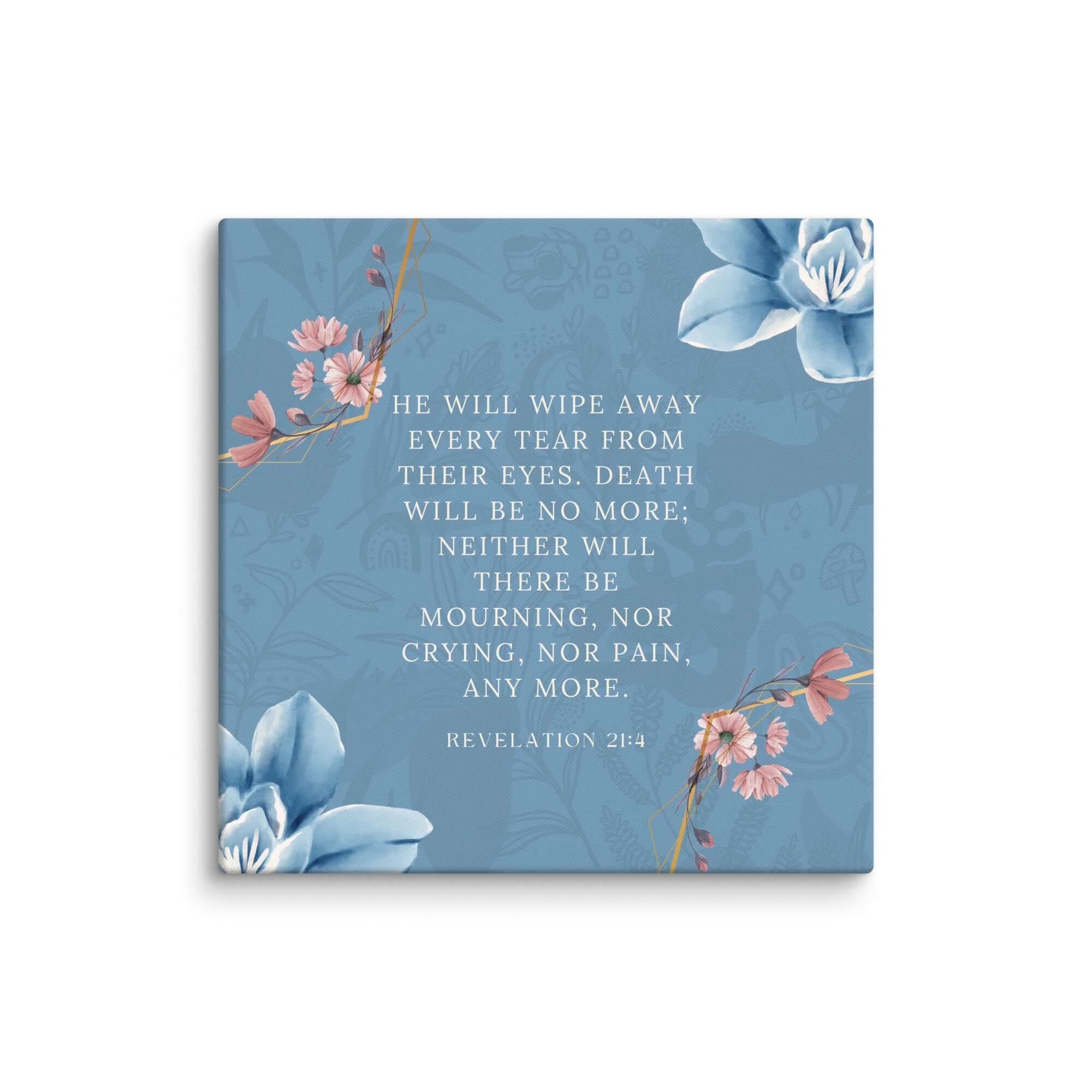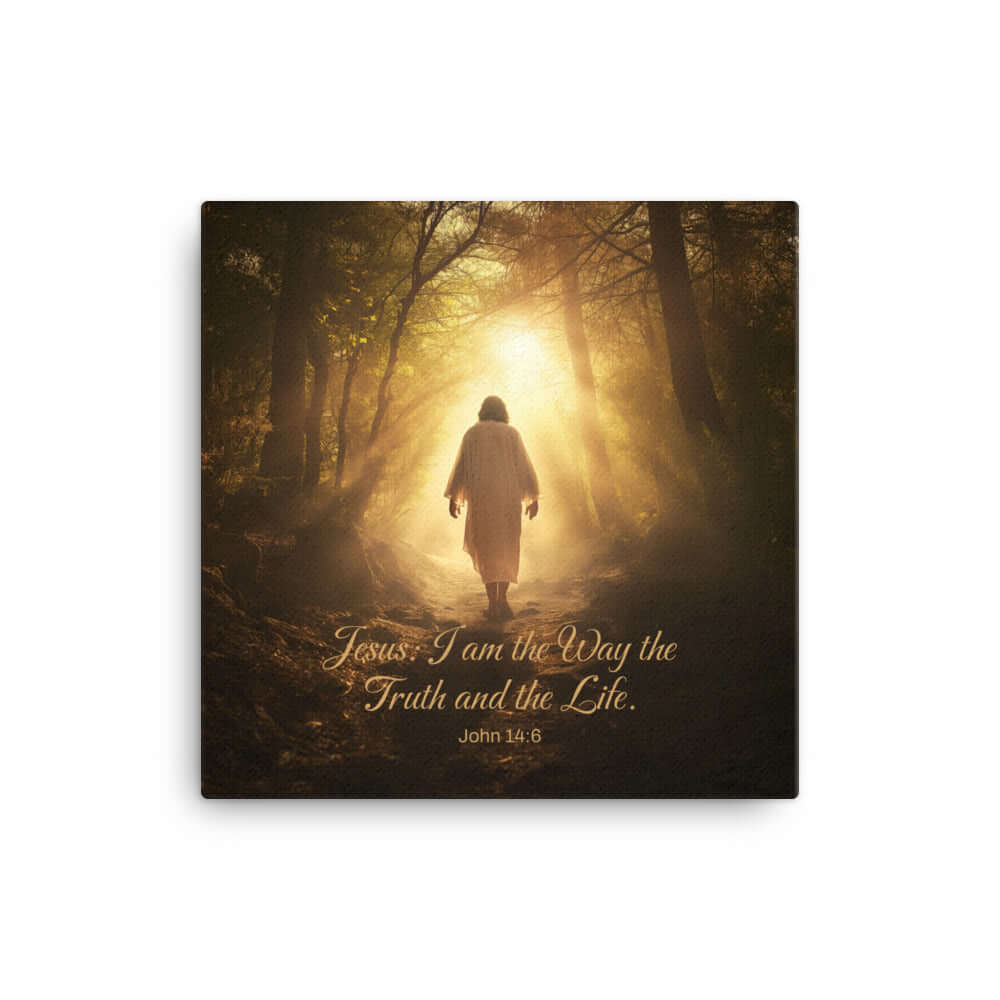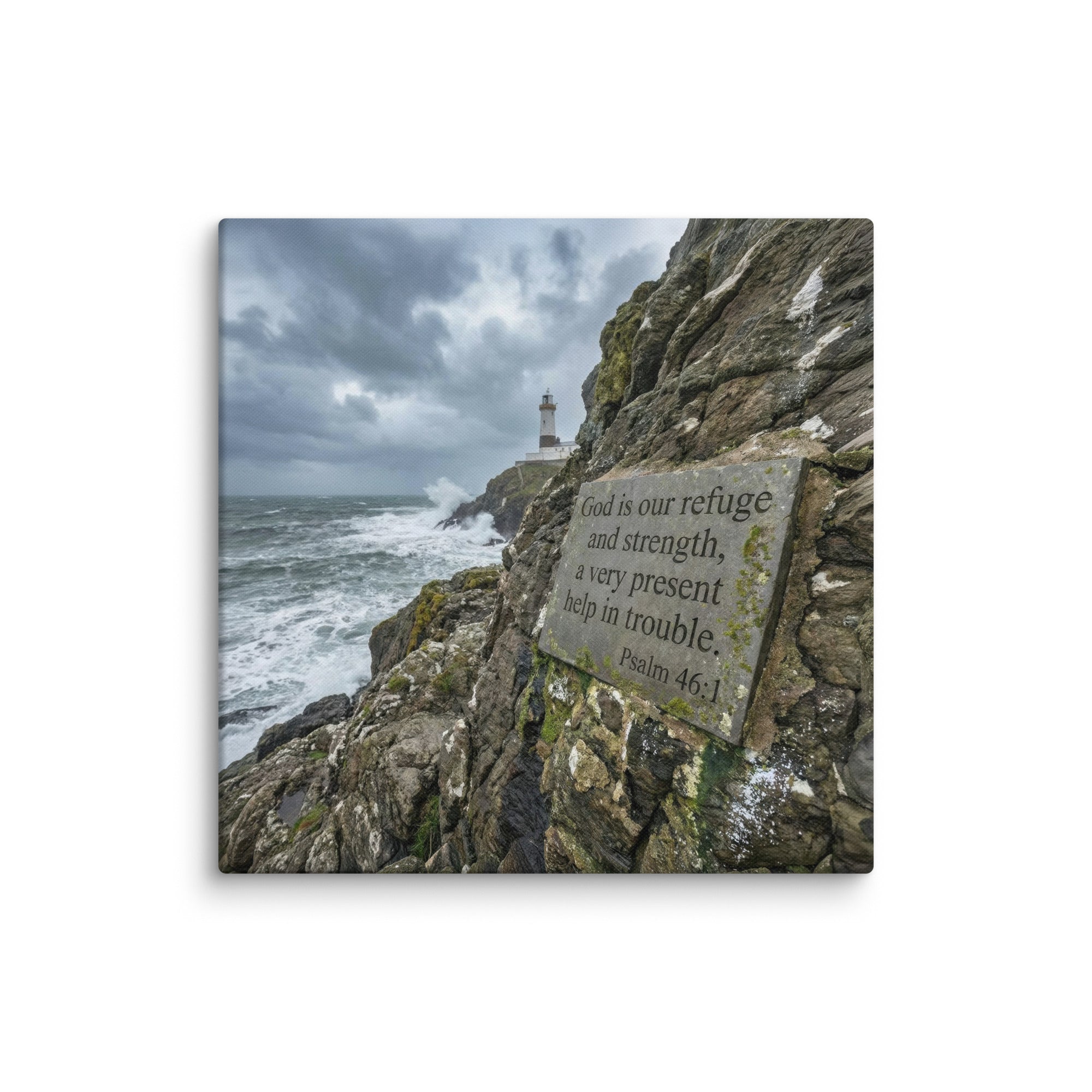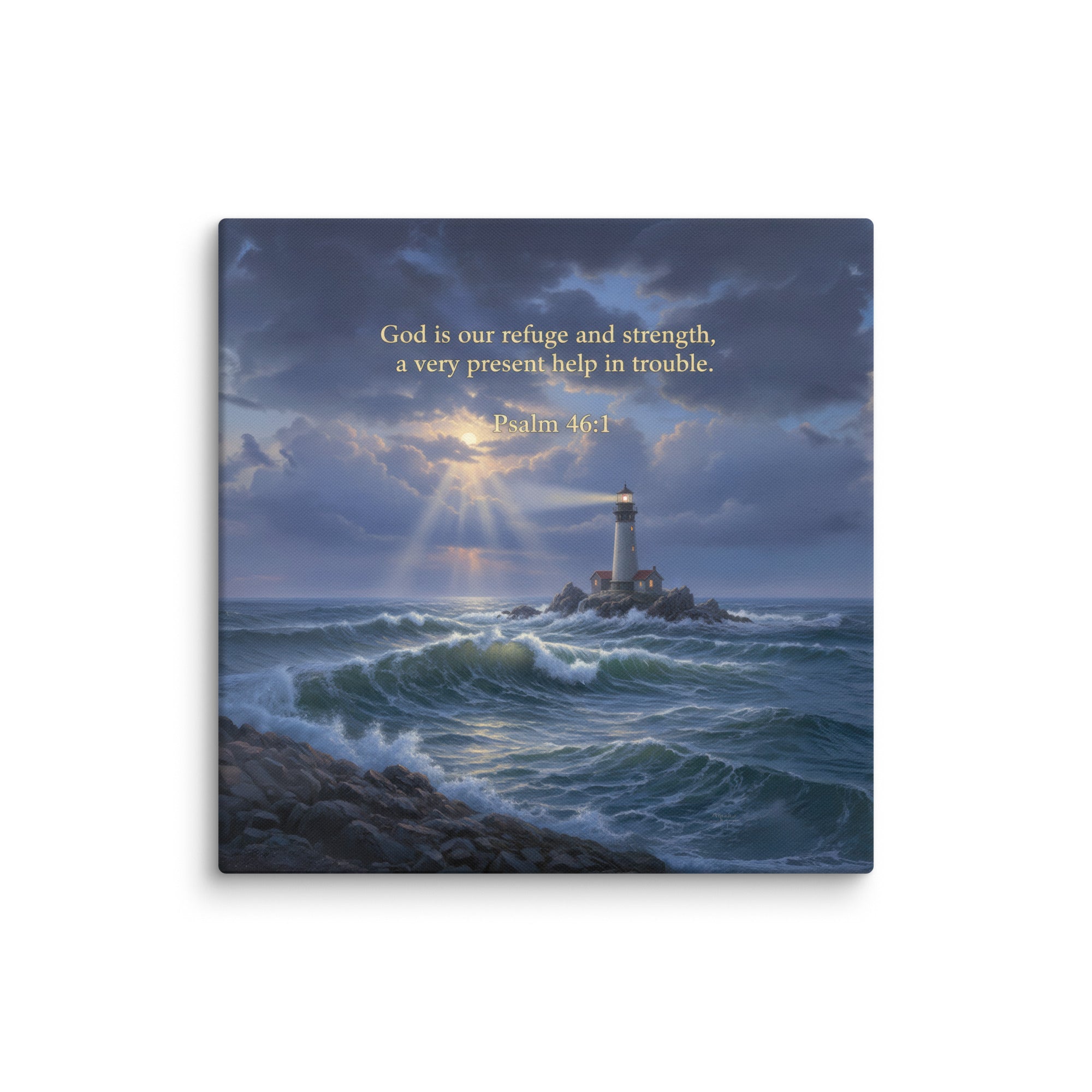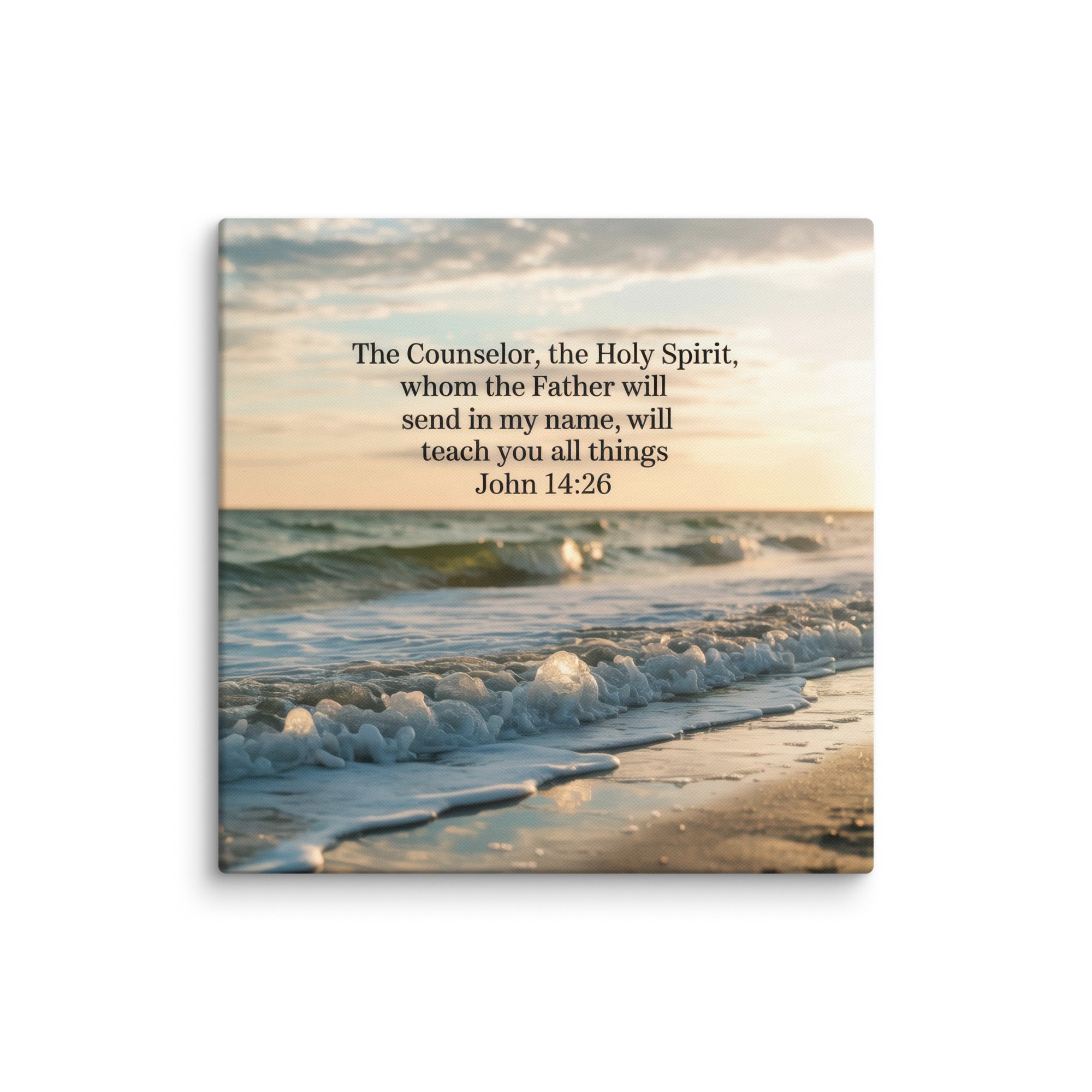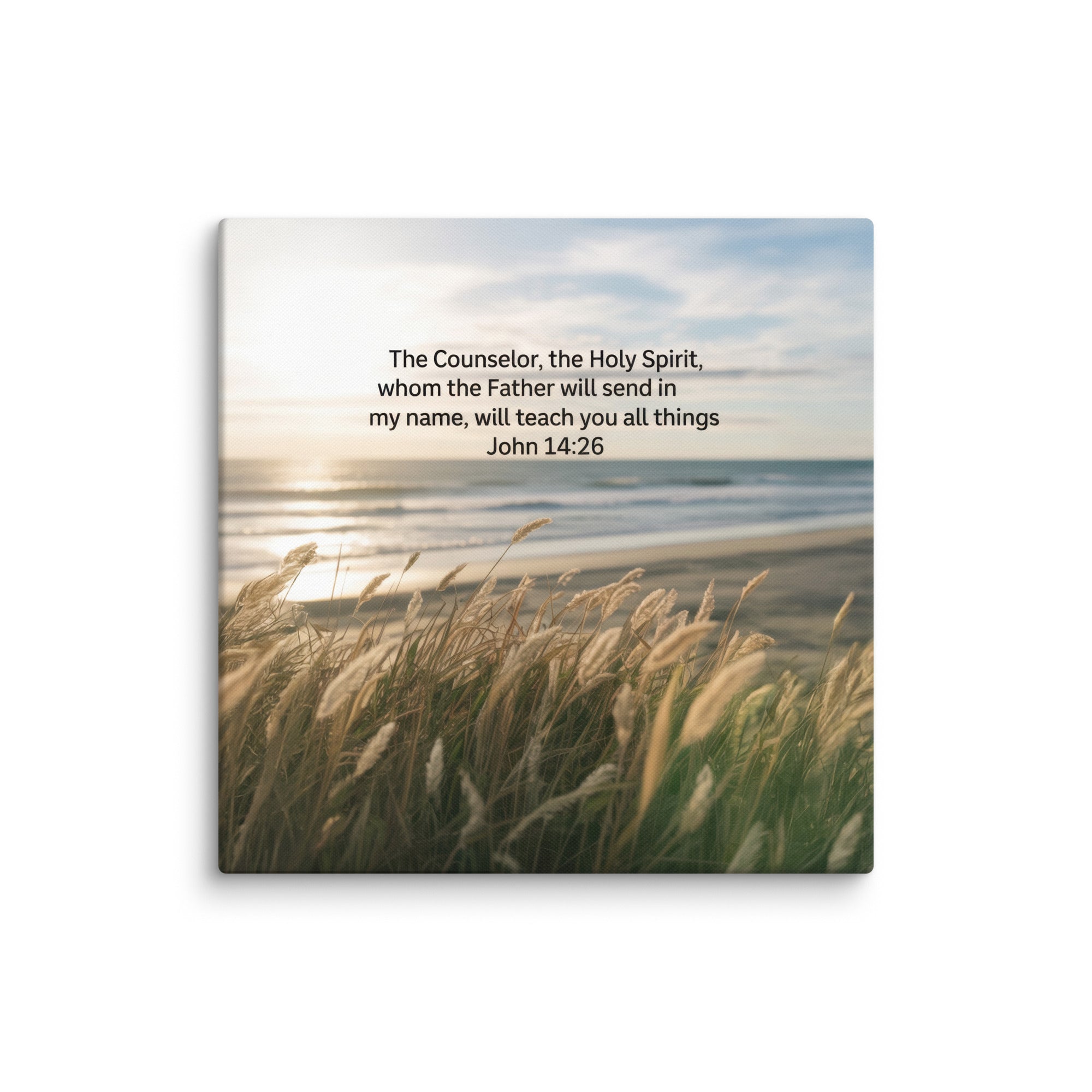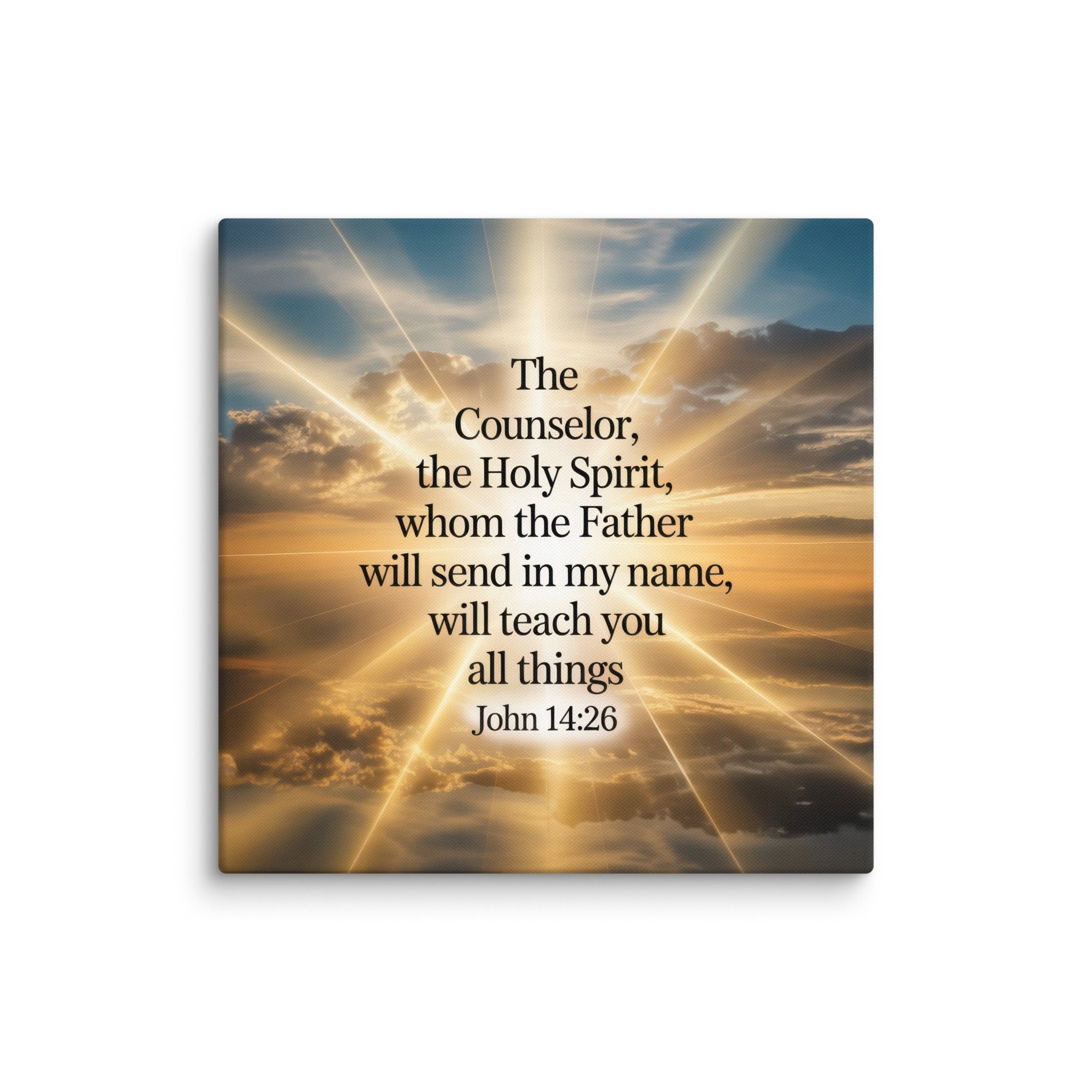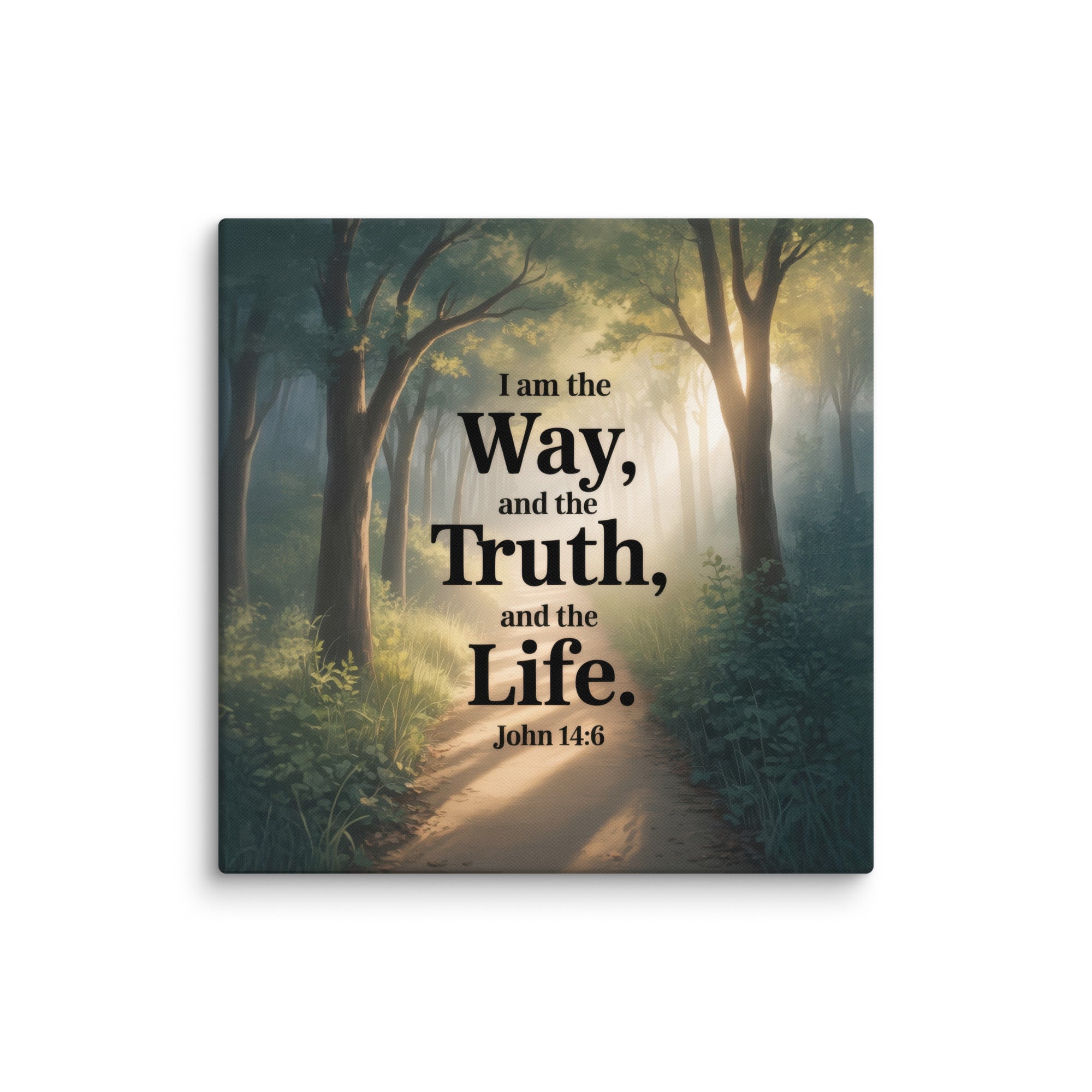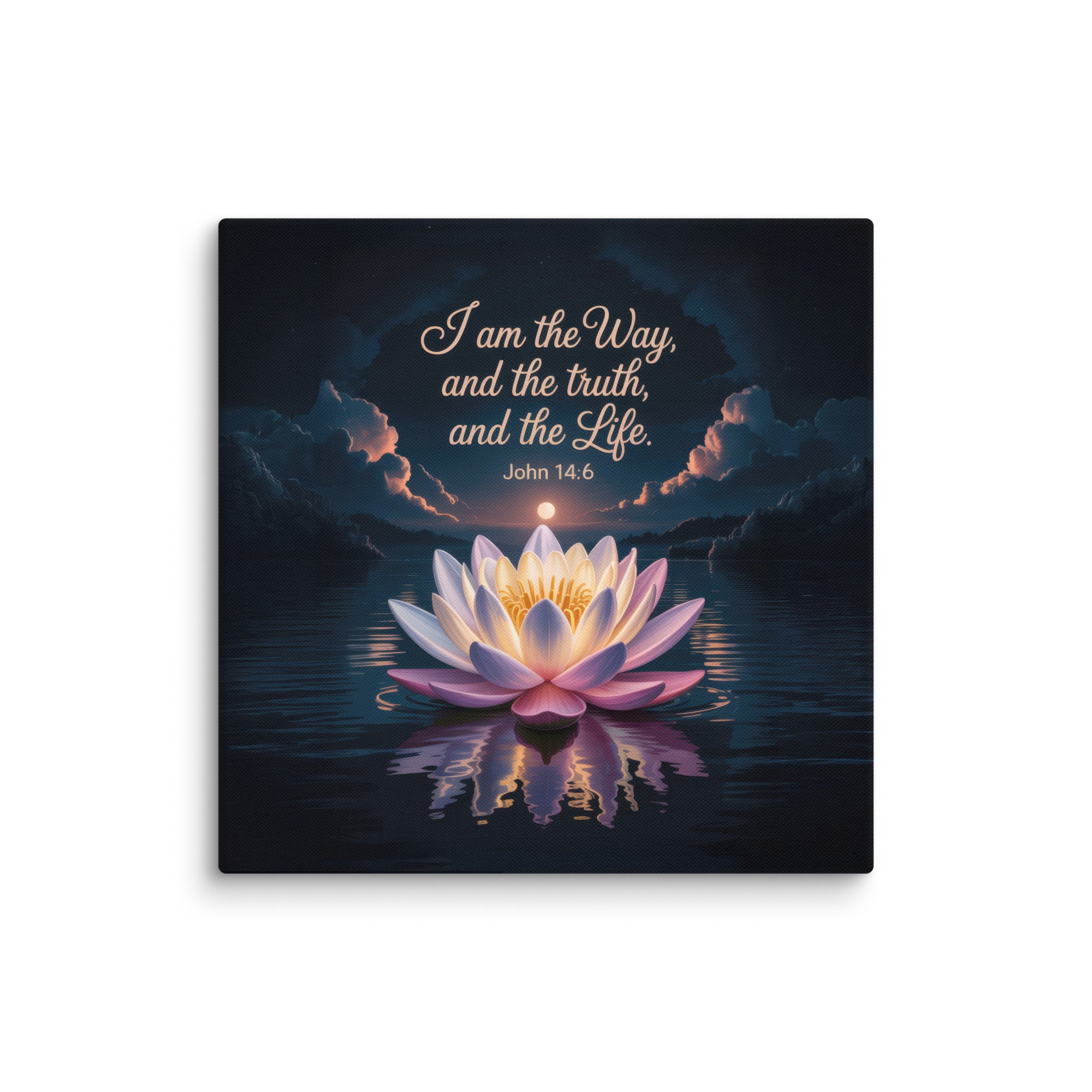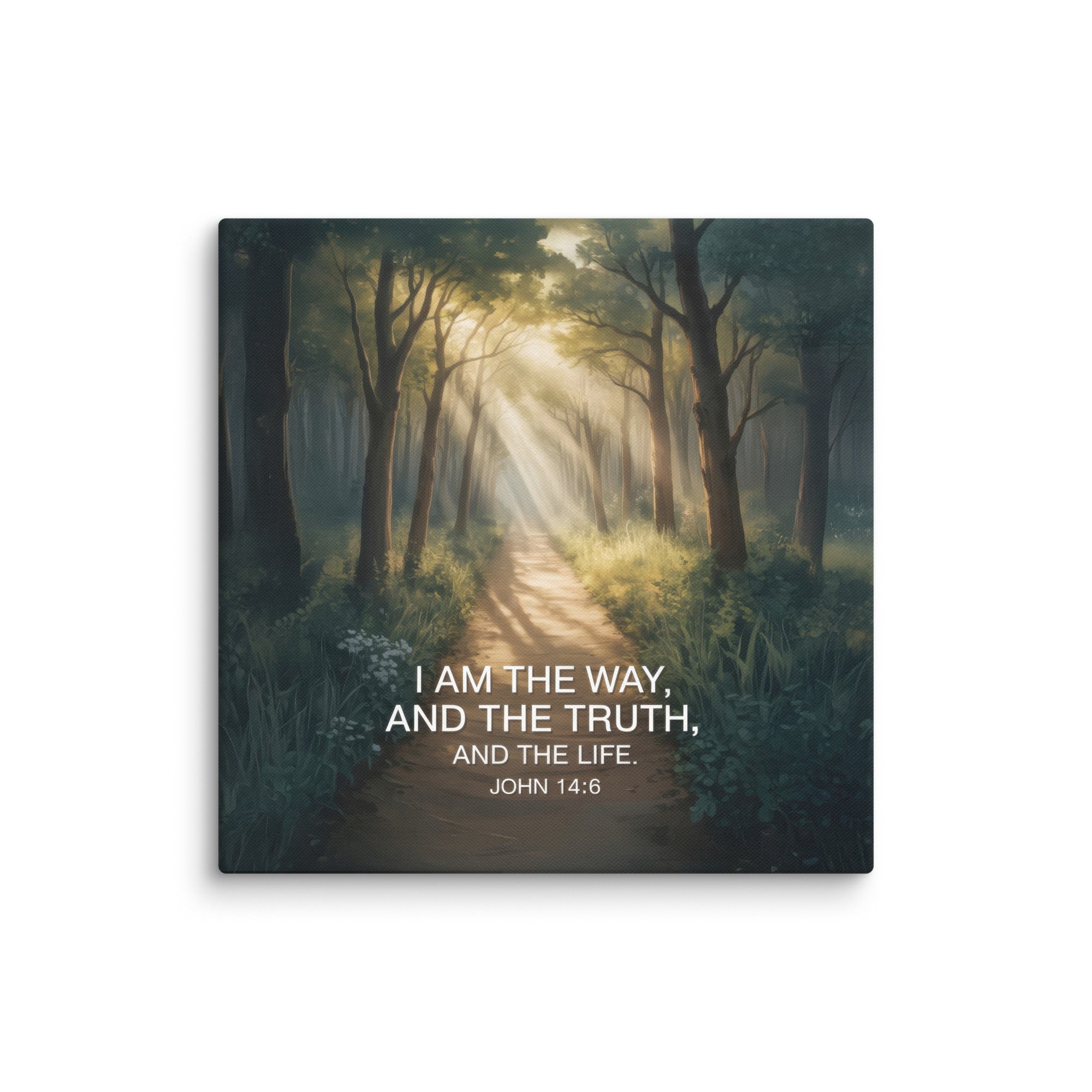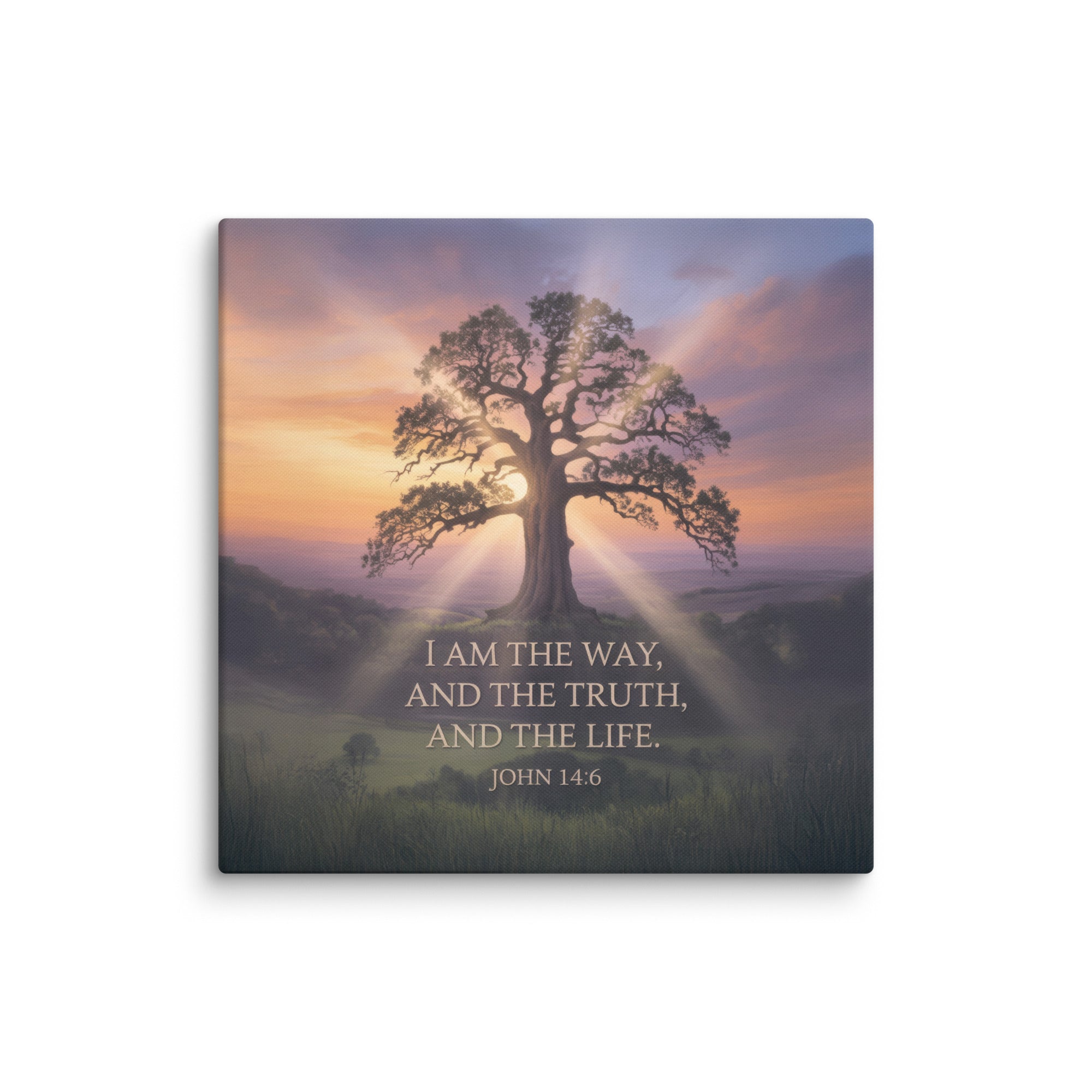Celebrate the true meaning of Noel as a joyful reminder of Christ’s birth, God’s promise, and the hope shared through the coming of Jesus.
Choosing the right Bible version can be overwhelming. With so many translations available, each with unique qualities, it can be tough to know which one best fits your needs. From readability to accuracy, each translation brings a different flavor to the message of Scripture. This guide will help you understand the most popular Bible versions and why they might be the best choice for you.
Why Are There Different Bible Versions?
Bible translations differ because they balance accuracy with readability. Translators use two primary approaches:
- Word-for-Word Translations – These aim to follow the original Hebrew and Greek text as closely as possible, making them accurate but sometimes harder to read.
- Thought-for-Thought Translations – These focus on conveying the meaning of phrases rather than exact words, often resulting in smoother and more readable language.
- Paraphrased Translations – These go beyond traditional translation, aiming to communicate ideas in very simple terms, making them easy to understand.
Each approach has its strengths, so let’s look at some popular versions and what makes each stand out.
The Top Bible Versions: Pros and Cons
| Bible Version | Translation Approach | Reading Level | Pros | Cons |
|---|---|---|---|---|
| King James Version (KJV) | Word-for-Word | 12th Grade | - Traditional language style - Widely respected and historically significant |
- Archaic language can be challenging to understand - Some translations are outdated |
| New International Version (NIV) | Thought-for-Thought | 7th-8th Grade | - Modern and easy to read - Balances accuracy and readability well |
- Not as precise as word-for-word translations - Slightly more interpretive |
| English Standard Version (ESV) | Word-for-Word | 10th Grade | - Highly accurate - Suitable for in-depth study |
- More complex language - Can feel formal |
| New Living Translation (NLT) | Thought-for-Thought | 6th Grade | - Very readable and clear - Good for new believers |
- Less accurate than word-for-word versions - Some paraphrasing |
| The Message (MSG) | Paraphrased | 4th Grade | - Extremely readable and relatable - Fresh perspective on familiar passages |
- Lacks precision - More interpretation than translation |
| New King James Version (NKJV) | Word-for-Word | 9th Grade | - Retains traditional language style - Updates archaic language of KJV |
- Still more formal than modern translations - Slightly less readable for beginners |
How to Choose the Best Bible Version for You
Your choice of Bible version should reflect your purpose, whether it’s deep study, casual reading, or spiritual growth. Here are a few considerations to help you choose the best version:
1. For Study and Memorization
- Best Choice: English Standard Version (ESV) or King James Version (KJV)
- Why: These versions follow the original languages closely, making them ideal for in-depth study. The KJV has historical richness, while the ESV balances accuracy with readability.
2. For Ease of Understanding
- Best Choice: New Living Translation (NLT) or New International Version (NIV)
- Why: Both the NLT and NIV are easier to understand, with modern language that flows naturally. The NLT is especially popular with new believers, while the NIV offers a balance for both study and casual reading.
3. For Devotional Reading
- Best Choice: The Message (MSG) or New Living Translation (NLT)
- Why: These versions make Bible passages feel more personal and relatable. The Message presents Scripture with a conversational tone, while the NLT adds clarity without straying too far from the original meaning.
4. For Traditional Language
- Best Choice: King James Version (KJV) or New King James Version (NKJV)
- Why: The KJV has a rich, historical tone, while the NKJV offers a modernized update. Both versions use traditional phrasing, appealing to those who appreciate the literary quality of Scripture.
FAQs about Bible Translations
Q: Which Bible version is the most accurate?
- The English Standard Version (ESV) and King James Version (KJV) are among the most accurate, as they adhere closely to the original text.
Q: What Bible version should new Christians read?
- The New Living Translation (NLT) and New International Version (NIV) are ideal for new Christians, as they’re easy to understand and cover essential concepts clearly.
Q: Are paraphrased versions like The Message (MSG) reliable?
- Paraphrased versions are helpful for devotional reading and gaining fresh insights, but they’re not the best for study due to interpretive choices.
Q: Can I use more than one Bible version?
- Absolutely! Many people find it beneficial to read multiple versions for a fuller understanding.
Key Takeaways
- Purpose: Choose a version based on your reading goals, whether it’s deep study or casual reading.
- Reading Level: Some versions, like the NIV and NLT, use simpler language, while others, like the KJV, are more formal.
- Translation Type: Word-for-word is more accurate, thought-for-thought balances clarity and accuracy, and paraphrased versions are easy to understand but less precise.
By considering your needs and exploring these options, you can find the Bible version that resonates most with you, helping you draw closer to God’s word and deepen your spiritual journey.





